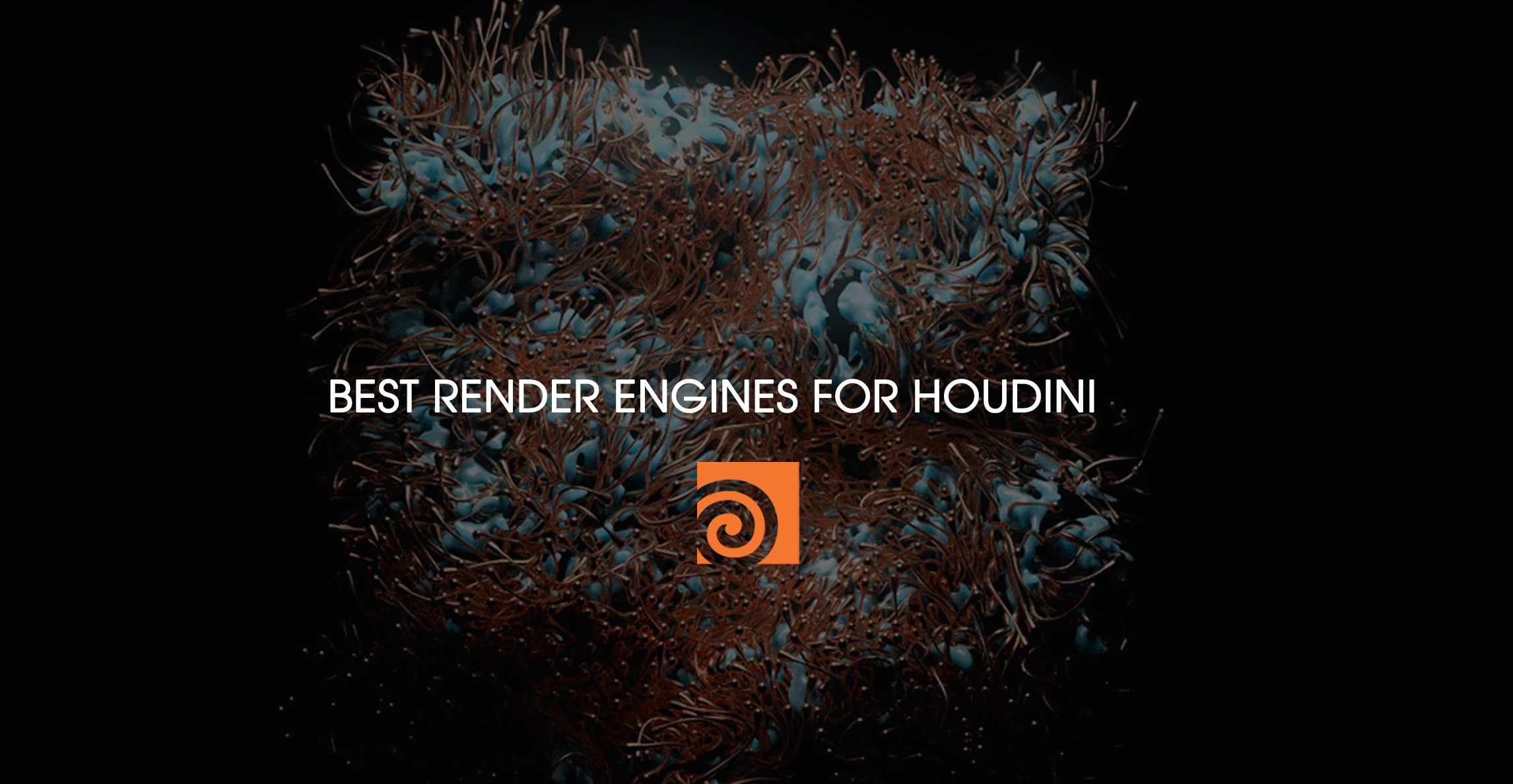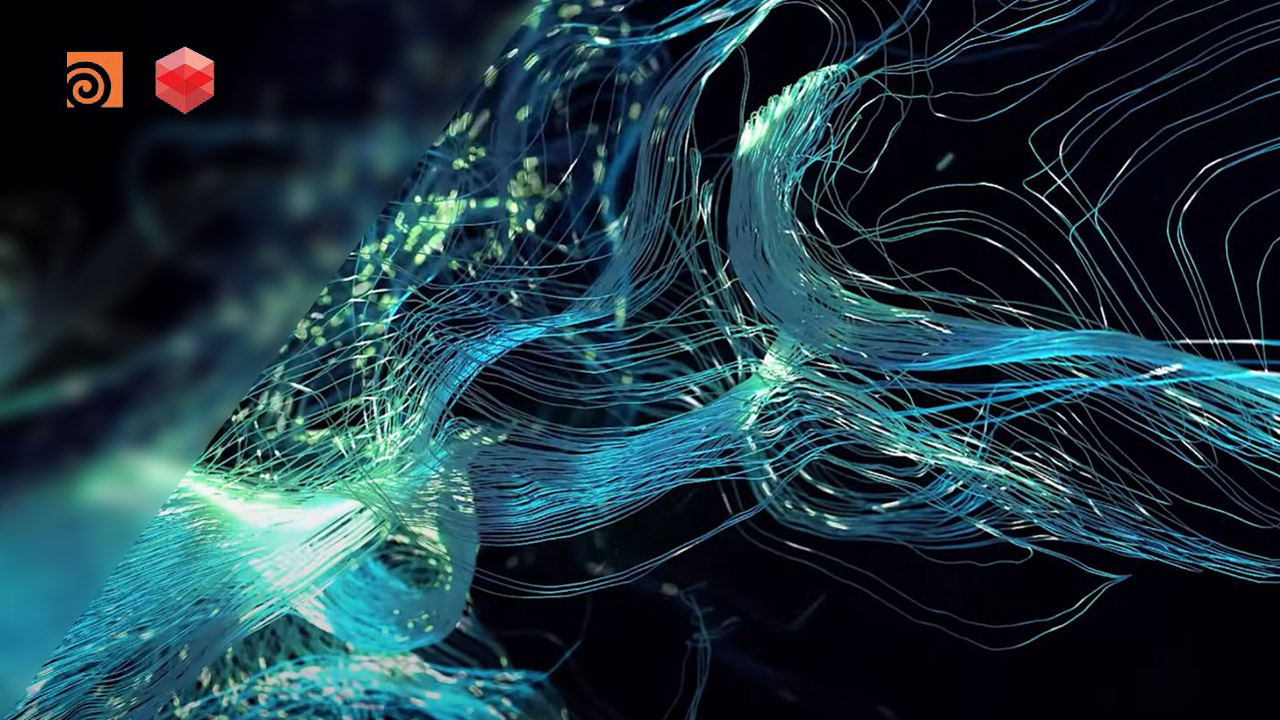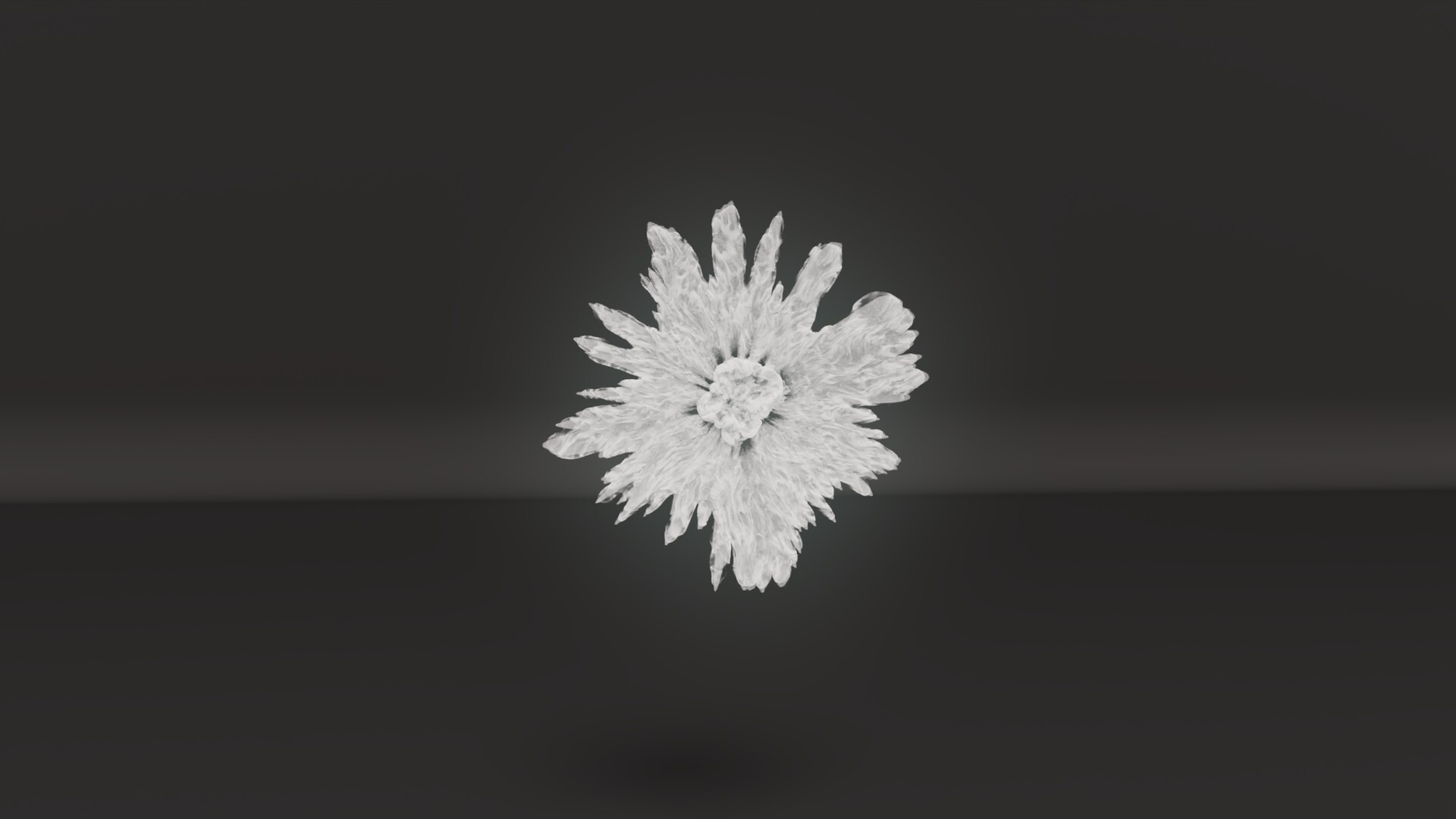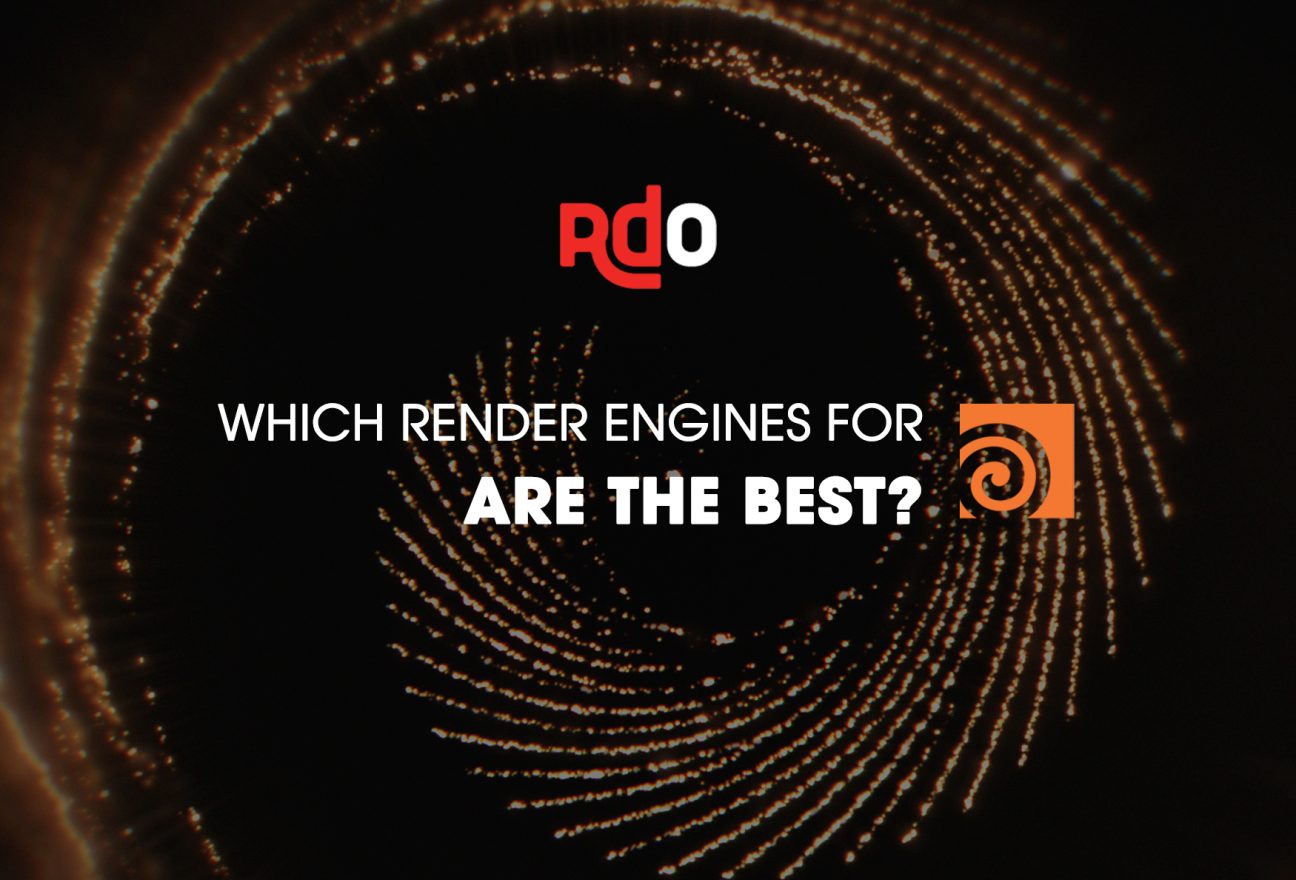Houdini is a 3D procedural software for modeling, rigging, animation, VFX, interface development, lighting, and rendering in film, TV, commercials, and video games. Houdini is a universal software in the animation and 3D design industries. To speed up your project, there is a need a render engines for Houdini to speed up the output and provide higher image quality.
What is a render engine for Houdini?
Rendering is always the most tiring and time-consuming process for 3D artists. A project can take hours or even 1-2 weeks for real-time rendering to produce beautiful results. As a result, many 3D artists look for rendering tools that speed up their workflow and reduce product rendering time. Similarly, the rendering engines for Houdini also work to speed up rendering in real time while ensuring the best rendering results.
In addition to the render engine in Houdini, there are also 3rd parties that also integrate with Houdini and bring new experiences for 3D animation artists using this software. In the following section, we will look at the collection render engines for Houdini.

Top 5 render engines for Houdini
OctaneRender
The first name is OctaneRender, it is one of the best render engines for Houdini.
Octane is a rendering engine that has been used in production, is economical, and is simpler to use. It renders outstanding quality and is faster.
The amazing lighting technique and spectrally precise graphics of OctaneRender are still in use today. With rendering rates that are 10 to 100 times quicker than the competition, it claims to be the first and fastest unbiased GPU rendering engine in the world.
The real-time viewport rendering feature of this engine is particularly well-known for streamlining workflow and making it simple to move around your surroundings while imagining how your final render might appear. It can be used as a plugin for most 3D applications as well as a standalone renderer.
OctaneRender for Houdini is available for the following operating systems:
- Operation System: Windows® 64-bit, Linux gcc 4.8, macOS®
- 8-core CPU
- 16 GB RAM
- A CUDA-enabled card with at least 2 GB VRAM
You can purchase an Octane license by month or by year. The annual plan will cost $19.99 per month for an annual plan and $23.95 per month for a monthly plan.
Redshift
Redshift is a powerful GPU-accelerated biased renderer, it produces value estimates to render images more quickly (although this does mean a small tradeoff in accuracy).
Moreover, Redshift renders at GPU rates while maintaining all of the capabilities and uncompromised quality of a CPU renderer. To get the best performance/quality ratio for your project, use this skewed renderer to adjust the quality of several approaches.
Recommended Requirements
- 16 GB of RAM or more
- Core i7 or Xeon equivalent, 3.0GHz or better
- For Windows and Linux: NVIDIA GPU with CUDA compute capability 7.0 or higher and 8 GB of VRAM or more. We recommend an NVIDIA Quadro, Titan, or GeForce RTX GPU for hardware-accelerated ray tracing
- For macOS: Apple M1 16 GB or AMD “Navi” or “Vega” GPU or later with 8 GB VRAM or more.
- Multiple GPUs
Redshift is also divided into two monthly and yearly subscriptions. For the monthly subscription, it will cost you 46.74€ per month. If you purchase a year’s worth of service, you will save 22.85€ per month.

Mantra
It is Houdini’s built-in render engine, which is extremely handy for many artists. However, it renders pretty slowly, as this is a CPU renderer. It does a great job rendering simple scenes, producing very high-quality results. But for complex projects, consider using another rendering engine instead.
This renderer’s data is directly pulled from Houdini. It is a multi-paradigm renderer that employs physically-based rendering, raytracing, and scanline technologies. Mantra’s strong software integration, which includes the incredibly effective rendering of packed primitives and volumes, makes it a good option for Houdini artists.
This tool, in particular, has the advantage of being free.
Karma
Karma is Houdini’s physically-based path-tracker, integrated with USD. Although both are renderers integrated with Sidefx’s Houdini, Karma is a brand new renderer that replaces Mantra for many projects.
Karma has two rendering engines: Karma CPU, which runs entirely on the CPU, and Karma XPU, which uses CPU resources as well as GPU acceleration.
Karma is distinct from the Mantra in that it works with USD via Solaris and LOPs. Normal scenes have to be imported into Solaris to render with Karrma, and with Mantra, they’re production-ready but don’t work with USD.
It’s a render engines for Houdini that’s built into Houdini, so you won’t have to pay anything to use it.

Arnold
Arnold is a capable CPU and GPU renderer for Houdini that is based on Monte Carlo Ray Tracing. A scene can be rendered by its engine using billions of spatially incoherent beams. This render engine typically uses diffuse interreflection, which enables light to reflect off of a wall or other object and indirectly illuminate a subject.
For detailed scenery, like the space station in Elysium, it significantly relies on instancing. The Arnold renderer is tightly integrated into the Houdini normal interface thanks to Arnold for Houdini (also known as HtoA). Moreover, it enables simple lighting operations between Houdini and other DCC programs.
With features designed to give you more control over lights, shaders, and other render effects, HtoA supports the whole feature set of Arnold. These tools include:
- Using custom shaders in the shading network editor allows you to produce one-of-a-kind effects like the volume displacement method.
- Customary output variables (AOVs) or passes: For compositing, render any number of AOVs or passes, including ID, normal, Z-depth, and position masks.
- Procedures for rendering Alembic files without any translation
- Use high-quality volumetric rendering to create intricate effects like smoke, clouds, fog, pyroclastic flow, and fire.
Recommended Requirements
- Windows 10 or later, with Visual Studio 2019 redistributable.
- Linux with at least glibc 2.17 and libstdc++ 4.8.5 (gcc 4.8.5). This is equivalent to RHEL/CentOS 7.
- macOS 10.13 or later.
- CPUs need to support the SSE4.1 instruction set.
- Arnold natively supports running under Apple M series CPUs, such as the M1 CPUs.
- GPU rendering works on Windows and Linux only and requires an NVIDIA GPU of the Ampere, Turing, Volta, Pascal, or Maxwell architecture.
- Optix™ denoiser requires an NVidia GPU with CUDA™ Compute Capability 5.0 and above.
You can register to buy Arnold’s license according to the following price list:

To summarize, these are the 5 best render engines for Houdini that 3D artists, after using many render engines, have summarized. For the best performance and fastest scene rendering time, you can use 3rd-party render engines like Redshift or V-ray.
See More: Top 4 best render engines for Cinema 4D



Leave feedback about this